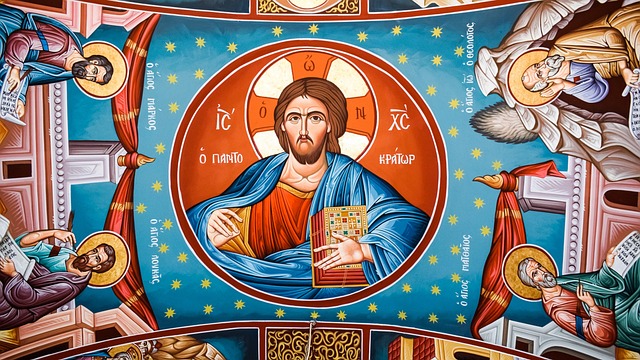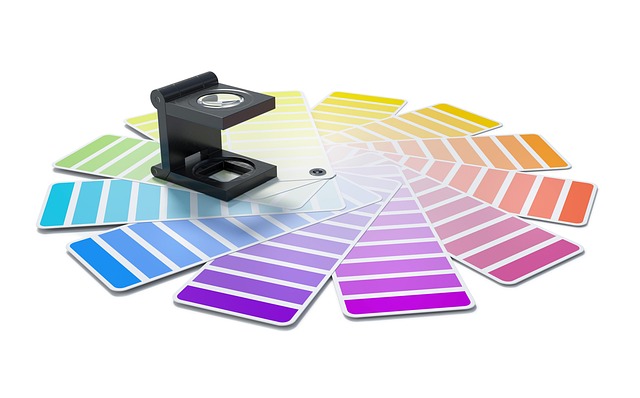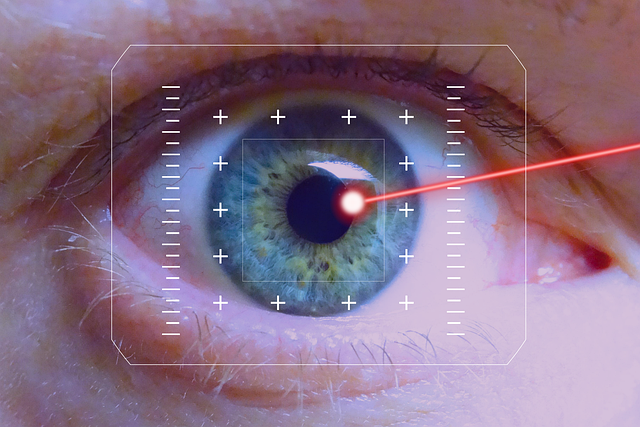Photography is often viewed as a medium to capture reality — a way to freeze a moment in time. But beyond its surface function, lies a deeper, more profound potential: the ability to communicate layers of meaning through iconography. It’s where the worlds of art and design merge, transforming simple images into storytelling tools rich in symbolism and emotion.
When we talk about iconography in photography, we’re referring to the strategic use of symbols, motifs, and visual cues that evoke feelings, memories, or conceptual ideas. This practice is deeply rooted in both art history and contemporary design, bridging centuries of visual language with modern digital expression.
Think of iconic photographs that have moved you — a black and white portrait with eyes full of untold stories, a stark landscape where shadows speak louder than shapes. These aren’t just photos; they’re compositions that speak through familiar and unfamiliar symbols. The power of iconography lies in its subtlety. It doesn’t shout — it resonates.
At the heart of this approach is design — not just how elements are arranged in a frame, but how intention is embedded in every visual decision. From positioning and lighting to color and space, each choice guides the viewer through a visual narrative. It’s in the halo of light around a subject that suggests divinity, or the inclusion of decaying objects that hint at forgotten stories. Through these motifs, photographers become designers of emotion and memory.
Embracing iconography invites photographers to go beyond aesthetics. It challenges them to think like artists — to consider the symbolic weight of a background object, the cultural context of a pose, or the generational meaning of a color palette. Suddenly, a simple street shot becomes a commentary on urban isolation, or a family portrait suggests ideas of legacy and belonging.
As artists, we often seek to connect. Iconography allows us to do so without words, crafting visual dialects that can speak across time and space. Whether subtle or overt, these design choices enrich our work, leaving space for interpretation, reflection, and ultimately, identification.




